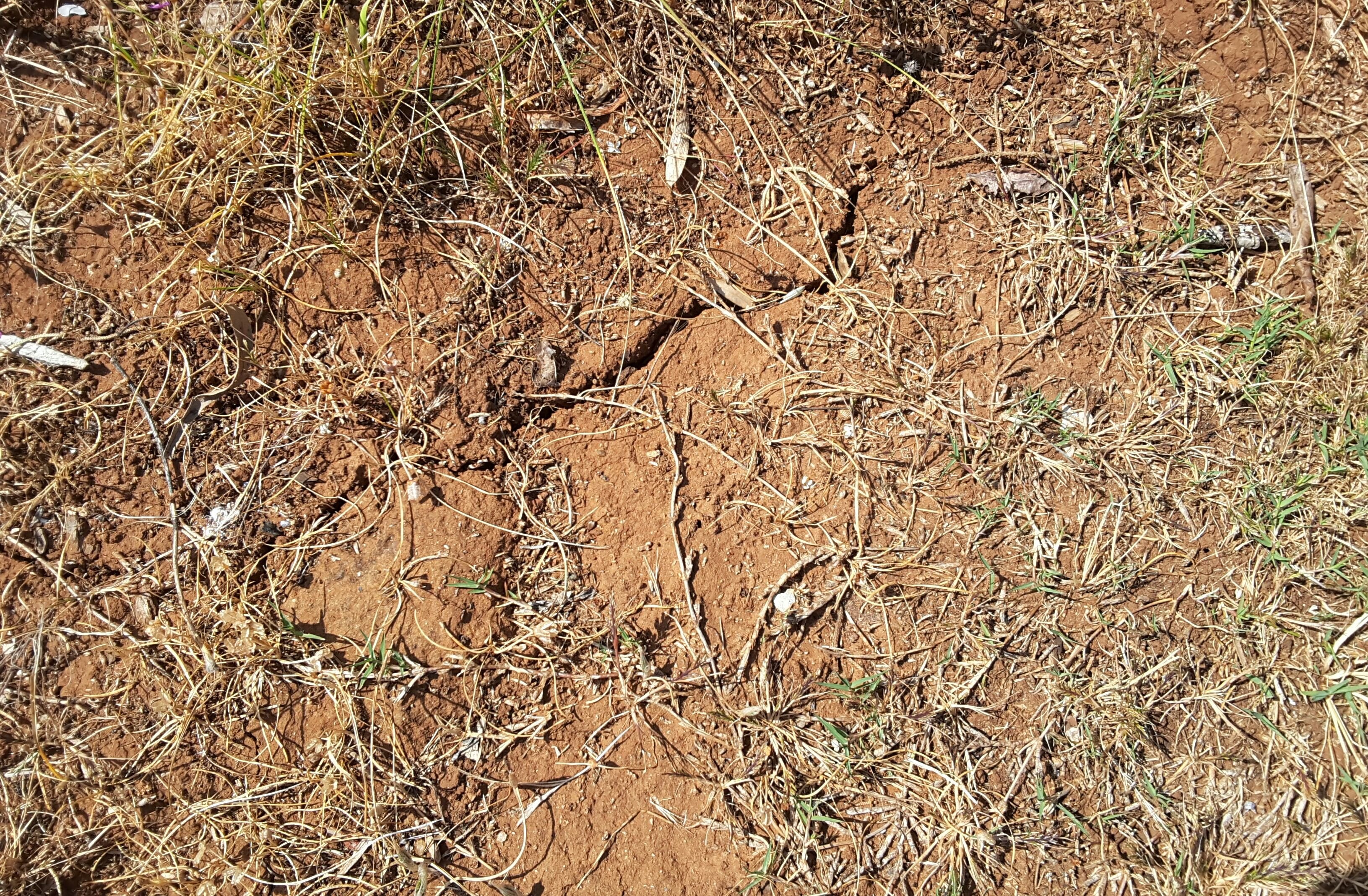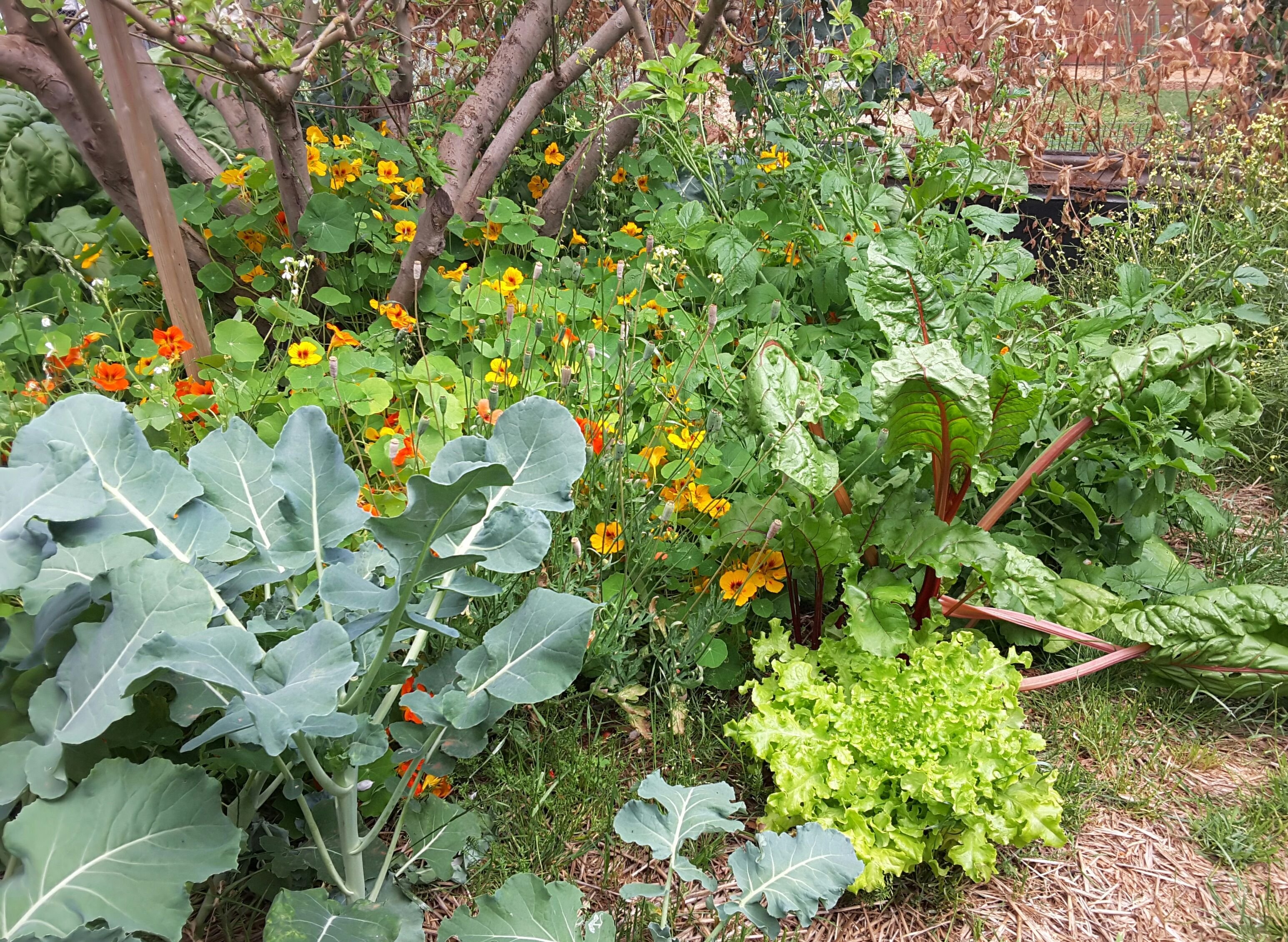@kiaraantonoviche has put up the latest homesteading challenge and I think this one's a tough one! She's asking what the biggest obstacle to homesteading we've overcome is. I guess I feel it's a tough one, because as homesteaders were face obstacles quite often and overcoming them is part of staying the course, so how do we pick out what the biggest one has been?
Well, after running through some of the obstacles we've overcome, I think I'd have to say my biggest has been learning to grow in an extreme climate which is completely different to the one I spent most of my life in. The jury's still out on whether I've actually fully overcome this obstacle though!
I'm originally from England where it's cold and wet for about 90% of the year! Plant something in the ground there and it pretty much grows. At the time I didn't really know why the soil there was so fertile, because I never had cause to question it.
Then we came to South Australia, the driest state in the driest country and I discovered that plants need more than just dirt and water to grow. At first I tried to solve this problem by looking up what individual plants needed, with the assumption that maybe it was one thing that needed fixing for each individual plant. After all, there were things already growing in the garden that were doing fine, like Aloe Vera and hardy shrubs. Yes, I was really that naïve!
All I ended up doing was chasing my tail! I'd read that I shouldn't over feed some plants or they'll just produce lots of leaves and no fruit, but those plants still weren't thriving, so I thought maybe it's one particular element they're missing. So then I'd be adding potassium, checking the ph levels of the soil or trying to figure out if maybe the soil was too salty. It was probably actually all of the above. Adelaide soil is notoriously alkaline, salty and infertile; then let's just add to that the fact that summers here are akin to living in a blast furnace!

This is the front lawn and it's not even summer yet!
Then I was gifted a book which described how the bacteria in the soil works to convert any nutrients in the soil into a form that plants can actually use. The penny started to drop. I realised two main things; firstly that my soil would never be fertile if I couldn't keep any moisture in it, because the bacteria would just die and wouldn't be able do their work with nutrients. Secondly, when people talk about not over feeding plants, they are talking about if they are being grown in normal conditions with soil that actually already has some sort of fertility.
So now I know that something which grows in any condition might just survive in my soil, but don't expect it to produce much. If I add more compost to the soil and water it well, then it starts to look something like it's thriving a little. If it’s a heavy feeder, then I need to go to town digging all sorts of manure and compost in before even planting the seed, water like crazy all its life, preferably with compost tea every day, and keep putting a mulch of compost around it.
Of course the longer term solution is to keep adding that fertility and each year things have improved. I still have a long way to go though so in a way I'm still overcoming this obstacle, but at least I have a plan!

Go here for the full details to enter the homesteading challenge.
You can also find us on:
Instagram: https://www.instagram.com/minismallholding/
Facebook: https://m.facebook.com/minismallholding/
YouTube: https://m.youtube.com/channel/UCBwcsmyIkW_hIEJdLUSd44g
